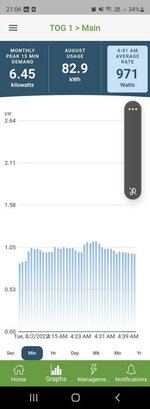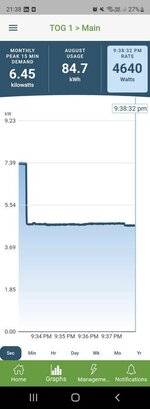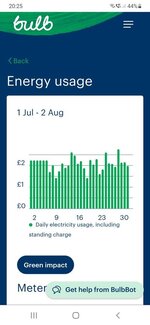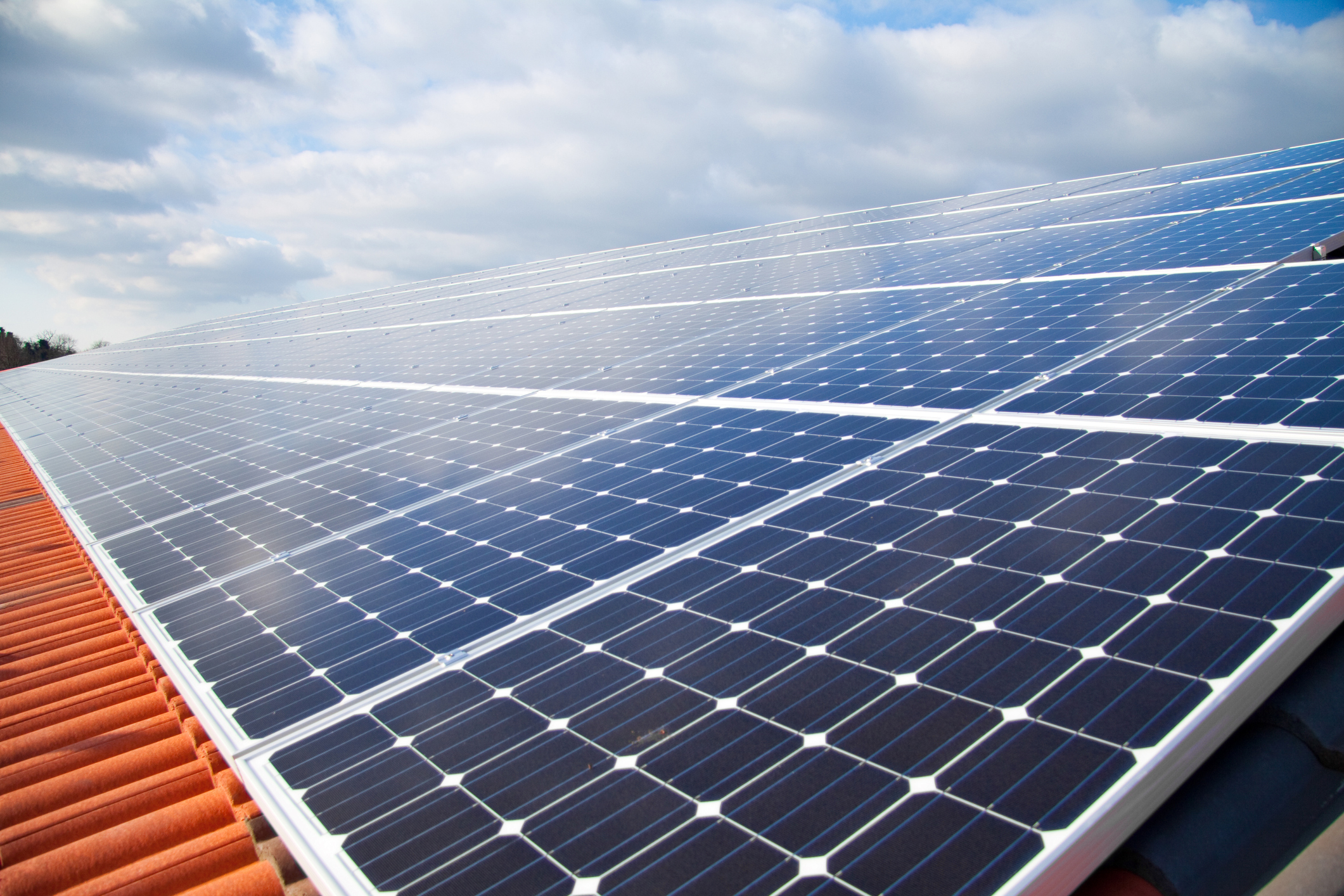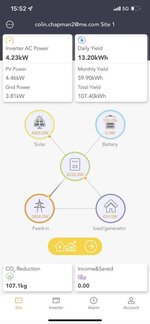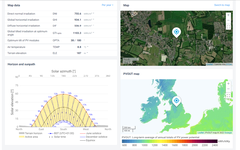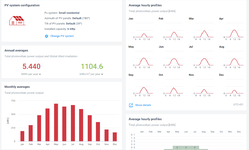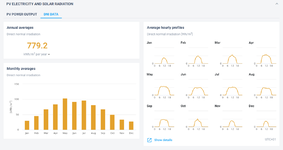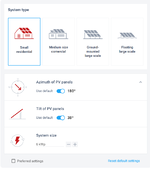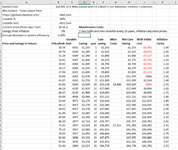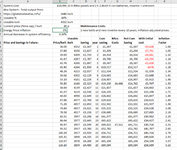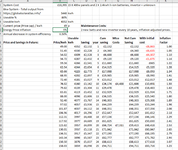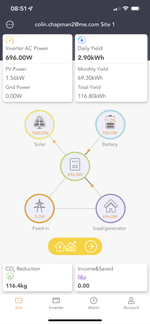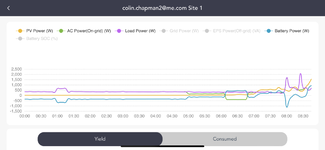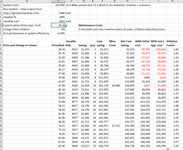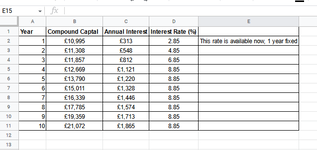thanks
@Calimori - this is now starting to look a bit more convincing. I did some research about the next price cap rise, and 36p -49p seems to be the expected range. The announcement is 26th Aug, so we will all know soon enough.
Really impressed with the Global Solar website, it has tons of info that has opened up a whole new world to me, you can just plug your postcode in, and then configure up an intended system:
View attachment 177205
View attachment 177206
View attachment 177207
View attachment 177208
View attachment 177209
I spoke to 3 suppliers of systems yesterday (chosen at random), only one would give me a quote over the phone, but I did manage to glean a few bits of useful info from talking to all 3:
1. The price of storage batteries has zoomed up this year due to shortage of stock.
2. The batteries are zero rated for VAT if you buy initially with a system, but if you buy as an add-on, then you will pay 20% VAT
3. Li-ION batteries typically have a 6,000 cycle lifespan, and this equates to over 10 years use, but they say it's probably 10 years and you'd need to change them, or supplement them with brand new
4. The supplier that game me a quote, calculated the system would have a max capacity of 5,330kwh per year, but then they told me they took 80% of that value when calculating the electricity saving? I've assumed it is due to losses in the system? Anyhow, I've built that figure into my model.
5. quote £10,995 for 6kw system 15 X 400w panels, 2X 2.4kwh li-ion batteries. or £9,250 for one battery and £7,500 for zero battery system. So a battery is £1750. Found same battery on-line for ~£1.2k (incl VAT), but seems to be no stock in the UK - all quoting Nov/Dec delivery. The quoting company said this is common ploy and by time they have the batteries in stock their price will have risen again.
6. Reluctant to quote on >6kw, and told me there is a limit to how much you can put back into the grid, over 3.6kw, you need to apply to local DNO (District Network Operator) which costs £500 and takes months. I can understand the latter but not sure why they wont spec a bigger set of panels? is it limits within the invertor?
7. Dual or single MPPT Invertors? Another rabbit hole I've fallen down!
I now have more questions than I started with!
Anyhow - plugged everything I have learnt so far, into a spreadsheet. first on current price cap:
View attachment 177210
break even year 8
then with 36p unit cost:
View attachment 177211
b/e year 7
then with 49p / kwh:
View attachment 177212
b/e year 5

